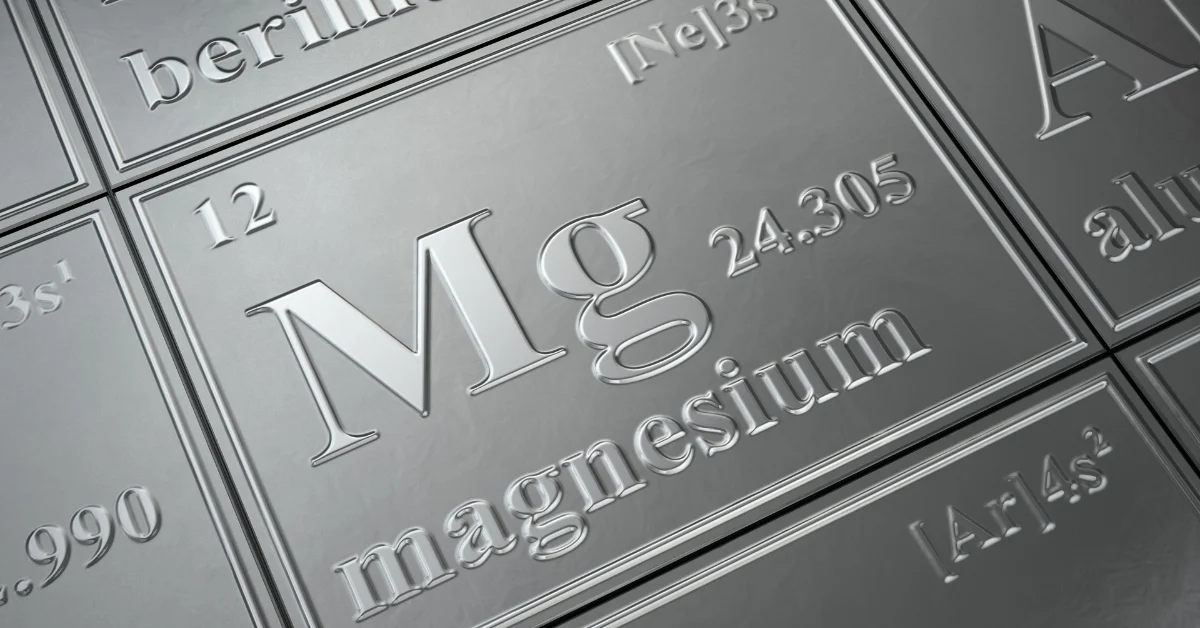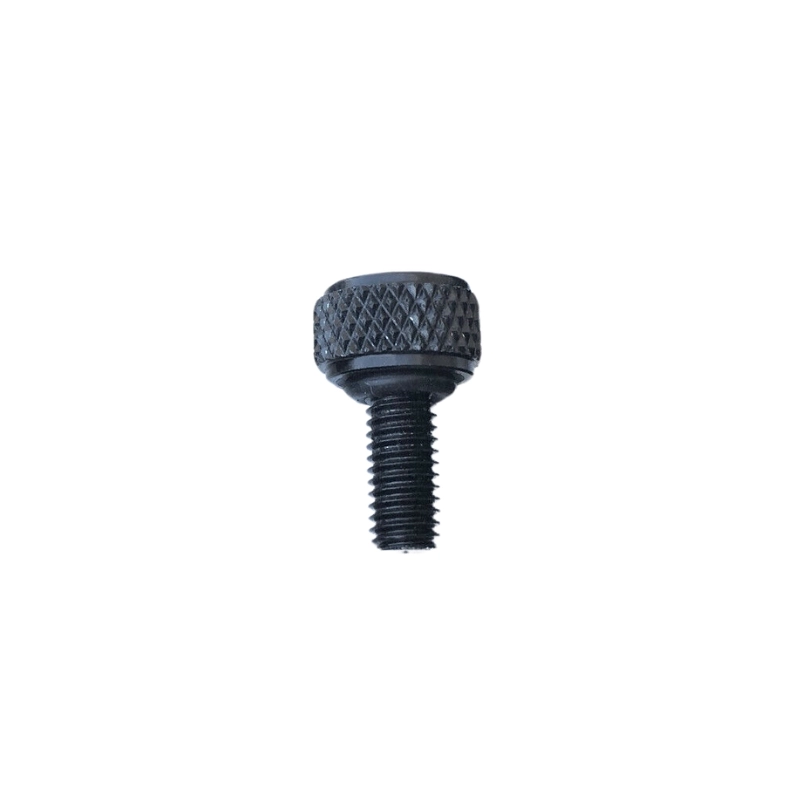Different Types of Magnesium Alloys and Their Characteristics
Magnesium, renowned for being one of the lightest structural metals, is crucial in contemporary industries due to its outstanding strength-to-weight ratio. Magnesium alloys have become indispensable in sectors such as automotive, aerospace, and electronics, where the demand for lightweight yet robust materials is critical. The magnesium casting process plays a key role in molding these alloys, facilitating the creation of intricate, high-performance components that adhere to the rigorous standards of these cutting-edge industries.
Understanding Magnesium Alloys
Incorporating elements like aluminum, zinc, and rare earth metals significantly elevates the properties of magnesium. Aluminum contributes to enhanced strength and improved corrosion resistance, zinc boosts castability and mechanical robustness, and rare earth metals elevate high-temperature performance and overall durability. These enhancements render magnesium alloys not only adaptable but also exceptionally suited for rigorous environments.
This fusion of lightweight properties and an excellent strength-to-weight ratio renders magnesium alloys exceedingly valuable. Their outstanding machinability allows for easy shaping and manufacturing of complex parts, thus slashing production times and costs. This trait is particularly crucial in sectors demanding precise and weight-sensitive components.
When juxtaposed with other lightweight metals like aluminum and titanium, magnesium alloys excel due to their superior machinability and more effective weight reduction. Although aluminum is more commonly utilized, magnesium’s lighter weight, coupled with comparable strength, positions it as a formidable alternative. Even though titanium offers higher strength, its greater weight and more complex machinability afford magnesium alloys a clear advantage in applications where weight minimization is key.
Common Types of Magnesium Alloys
AZ Series (e.g., AZ91, AZ31):
The AZ series, especially AZ91, stands as one of the most popular magnesium alloys, renowned for its robust strength and excellent corrosion resistance. This series predominantly consists of aluminum (about 9%) and zinc (approximately 1%), which bolster its mechanical strength and corrosion resistance in demanding environments. The composition of these elements renders AZ91 particularly adept for die casting, enabling the creation of complex shapes with precise dimensions.
AM Series (e.g., AM60, AM50):
The AM series is celebrated for its outstanding ductility and energy absorption qualities, making it indispensable in scenarios where impact resistance is paramount. These alloys generally include aluminum (around 6%) and a modest amount of manganese (up to 0.5%). Aluminum enhances both strength and corrosion resistance, while manganese boosts the alloy’s resistance to cracking during casting and machining. This elemental synergy ensures the AM series excels under stress, particularly in critical safety components within the automotive sector.
ZK Series (e.g., ZK60):
Featuring prominently in the ZK series, ZK60 is characterized by its high strength and superior fatigue resistance, ideal for applications demanding long-term durability. This series is mainly composed of zinc (about 6%) and zirconium, elements that significantly enhance the alloy’s mechanical properties. Zinc amplifies strength, whereas zirconium fine-tunes the grain structure, thus improving toughness. However, the limited ductility of ZK alloys calls for advanced casting techniques to ensure the final product adheres to strict performance standards.
WE Series (e.g., WE43):
Distinguished by its inclusion of rare earth elements like yttrium and neodymium, the WE series excels in high-performance settings where materials face extreme conditions. These elements notably improve the alloy’s corrosion resistance and thermal stability. The integration of rare earth metals not only bolsters the alloy’s resistance to oxidation at high temperatures but also elevates its overall mechanical strength. The casting of WE alloys demands meticulous control over alloy composition and temperature, vital for meeting the stringent demands of aerospace and medical applications.
Comparative Analysis: Magnesium, Aluminum, and Titanium
Magnesium excels with its superior strength-to-weight ratio, making it the lightest among aluminum and titanium, ideal for applications where reducing weight is crucial without compromising structural integrity. However, magnesium can lag in corrosion resistance and its extraction and processing are energy-intensive, impacting both cost and environmental footprint. Aluminum, in contrast, offers a balance of versatility and strength with better corrosion resistance and lower costs, making it widely used across various industries. It’s also highly recyclable, which helps mitigate its environmental impact.
Titanium stands out for its exceptional strength and durability, making it suitable for critical environments like aerospace and medical applications. Though it’s the most expensive and its production is energy-demanding, titanium’s longevity and recyclability help alleviate some ecological concerns. The selection between magnesium, aluminum, and titanium hinges on specific requirements for strength, budget, and environmental considerations, underscoring the importance of a meticulous material choice to optimize both performance and sustainability.
Processing Techniques and Innovations for Magnesium Alloys
- Casting is the most common method, allowing for the production of complex shapes with high precision. Innovations in die-casting technology have significantly enhanced the efficiency and quality of magnesium parts, reducing defects and improving mechanical properties.
- Thixomolding is another innovative technique used with magnesium alloys. It involves the injection molding of semi-solid metal, offering an eco-friendlier alternative to traditional die casting with less material waste and lower energy consumption. This method also provides superior control over microstructures, leading to better mechanical characteristics in the final product.
- Extrusion, where magnesium is forced through a die to create elongated shapes and profiles, is essential for producing structural components. Continuous improvements in extrusion technology have enabled the production of more intricate and precise profiles, which are increasingly demanded in automotive and aerospace applications.
Applications of Magnesium Alloys
Magnesium alloys are crucial in enhancing efficiency and performance across multiple sectors. In the automotive industry, these alloys are instrumental in manufacturing lightweight frames, significantly boosting vehicle fuel efficiency and reducing emissions. The aerospace sector utilizes these materials for aircraft components like seat frames and gearbox parts, taking advantage of their exceptional strength-to-weight ratio and vibration damping properties. In electronics, magnesium alloys enable the creation of thinner, lighter, and more durable casings for devices such as smartphones and laptops, also improving thermal management to extend device longevity.
Conclusion
As we look to the future, the ongoing research and development in improving the properties and processing methods of magnesium alloys promise even greater advancements. Industries are encouraged to further explore and adopt these innovative materials, unlocking new possibilities and driving forward with solutions that are not only more effective but also environmentally responsible. Embracing magnesium alloys can lead to groundbreaking changes, fostering a new era of industrial innovation and success.
Discover more with our blog posts.
Recent Posts
Discover more about our products
HDC Products
Instant Quote!









